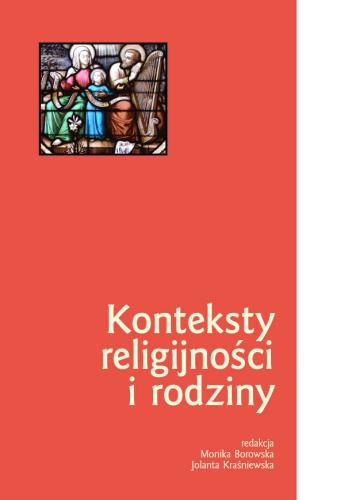Pomiędzy duchem, duszą a ciałem. Wokół antropologii integralnej Edyty Stein
Streszczenie
Artykuł ma na celu ukazać w zarysie charakter i sens antropologii integralnej (nieredukcyjnej) w ujęciu filozofa i teologa, Edyty Stein, znanej także jako święta kanonizowana Kościoła katolickiego: św. Teresa Benedykta od Krzyża, ogłoszona także współpatronką Europy. W centrum antropologii Edyty Stein jest osoba ludzka, refleksja, która przejawia się u niej przez wszystkie etapy twórczości. Na początku rozwija oryginalną formę antropologii filozoficznej, na bazie fenomenologii (szczególnie pod wpływem Maxa Schelera). Uwzględnia w niej poziomy ducha, duszy i ciała w strukturze człowieka. Próbuje również określić miejsce psychologii i nauk humanistycznych wobec antropologii filozoficznej, aby uniknąć redukcjonizmu (psychologizmu). Następnie próbuje zintegrować tomistyczną wizję człowieka, oryginalnie przetworzoną, z wizją fenomenologiczną, także we własnym ujęciu „fenomenologii realistycznej”. W tym okresie wprowadza także do swej refleksji antropologię teologiczną, opartą na chrześcijańskim Objawieniu, co sprzyja rozwijaniu przez nią tzw. filozofii chrześcijańskiej. W ostatnim okresie życia zajmuje się antropologią mistyczną św. Jana od Krzyża, którą nazywa Wiedzą Krzyża, traktując ją jako swoiste ukoronowanie jej poznawczych i duchowych poszukiwań.



